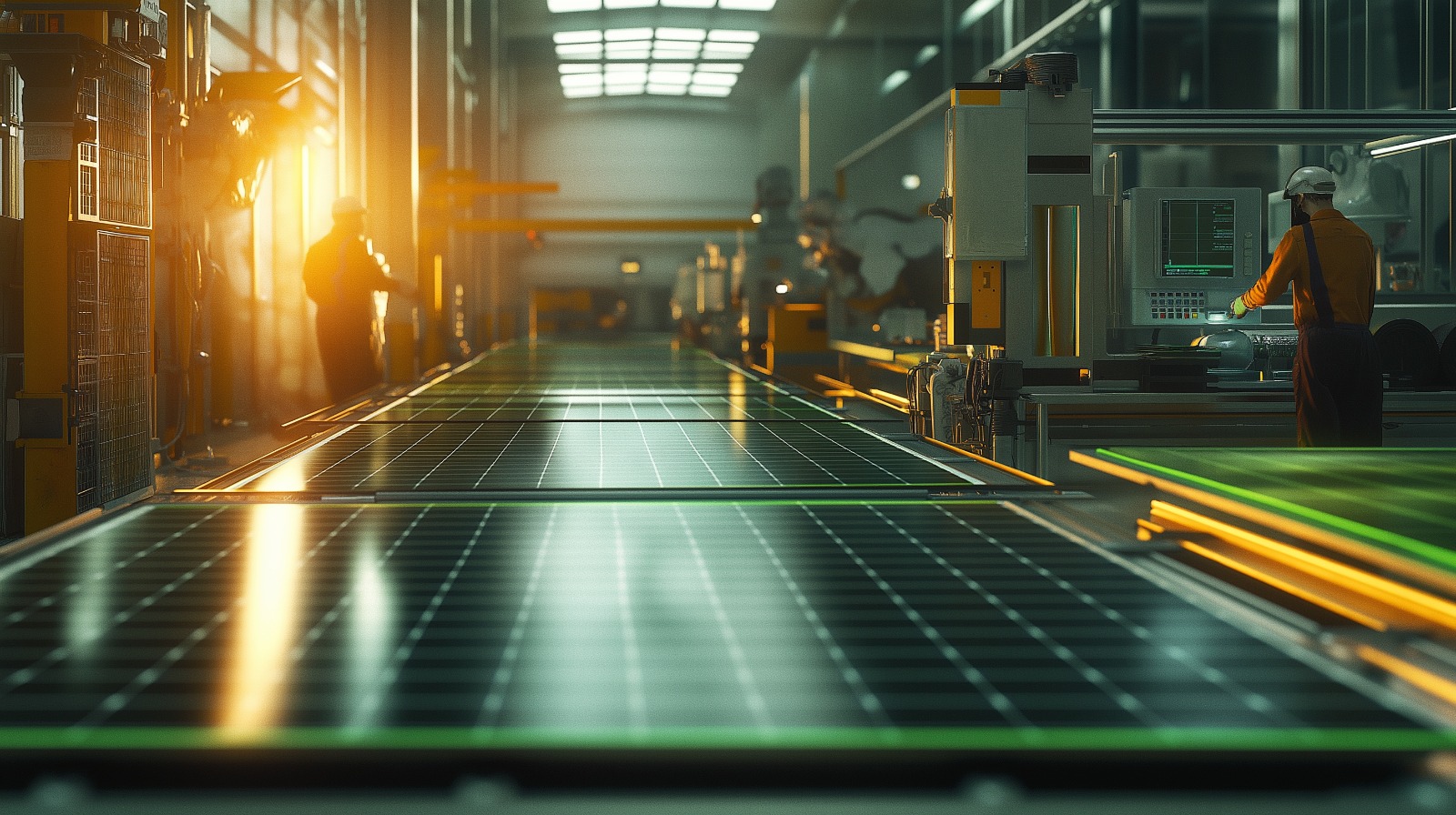
The world of solar energy is evolving at a fast pace. And in this, TOPCON solar panels are a league apart. They are not only revolutionalizing solar generation but also taking efficiency and durability to the next level. Let's explore how they're made, how they work and their key benefits.
A TOPCON (Tunnel Oxide Passivated Contact) solar panel is a type of high- efficiency photovoltaic (PV) module. It uses advanced technology to enhance energy generation. Unlike conventional solar panels, TOPCON panels have a unique design with a passivated rear contact layer. This innovation allows for:
By perfecting materials and technology, TOPCON panels are becoming the preferred choice for businesses, large-scale energy projects, and homeowners.
These panels are built with advanced technology, starting from the materials used and extending to the manufacturing process. Let’s break down the mechanics behind their construction:
The main difference in the structure lies in the rear contact design. Typically, solar panels have metal contacts on the front and back to collect and transmit electricity.
In TOPCON panels, the back of the solar cell is equipped with a layer of tunnel oxide passivation. This improves the electrical performance of the panel by reducing recombination losses. This means more sunlight is converted into usable electricity.
The tunnel oxide passivation layer reduces the surface recombination. By minimizing the energy loss, this layer efficiently helps in converting sunlight to electricity.
The slightly lower degradation rate makes a significant difference in the long run.
TOPCON panels are made with advanced manufacturing techniques, including precise material deposition, high-temperature treatments, and strict quality control. These methods ensure the panels are highly efficient and durable.
Despite the drawbacks, TOPCON panels offer several benefits that reveal their immense potential:
Due to their unique design and passivation technology, these panels convert more sunlight into electricity. This is ideal for projects with limited space or a need for maximum energy output.
TOPCON panels perform better in low-light conditions than traditional panels. This makes them ideal for low sunlight areas or regions with more overcast days.
TOPCON panels are more efficient and lead to lower energy losses. So, they help in reducing overall carbon footprint. Also, since they last longer, it means less waste is produced from manufacturing new panels.
The solar market offers various types of PV panels, each with pros and cons. Here's how TOPCON panels compare:
So, TOPCON panels offer better energy efficiency, longer lifespan, and higher performance in various conditions.
The demand for solar energy is growing as each day passes. These panels have the potential to shape the future of clean energy. Since they are efficient and sustainable, they are a strong contender for both large-scale and residential installations.
Yes, they are likely to become more affordable. The technology is bound to improve and the production will become more efficient with time.
Yes, TOPCON technology can be applied to other solar module types, leading to more efficiency and reliability. It can be adopted in solar-powered vehicles, solar trackers, and agrivoltaics.
TOPCON technology is a major leap in the solar world. This advanced passivation technology makes them more efficient, durable, and reliable than traditional panels. While production costs and material availability can be challenges, the benefits outweigh these issues.
As more solar panel manufacturers embrace this technology, we can expect a significant shift in the solar energy landscape. With increasing demand for renewable energy, these panels are the stepping stones to a greener future. The future of solar power is bright, and TOPCON solar panels are leading the way.
